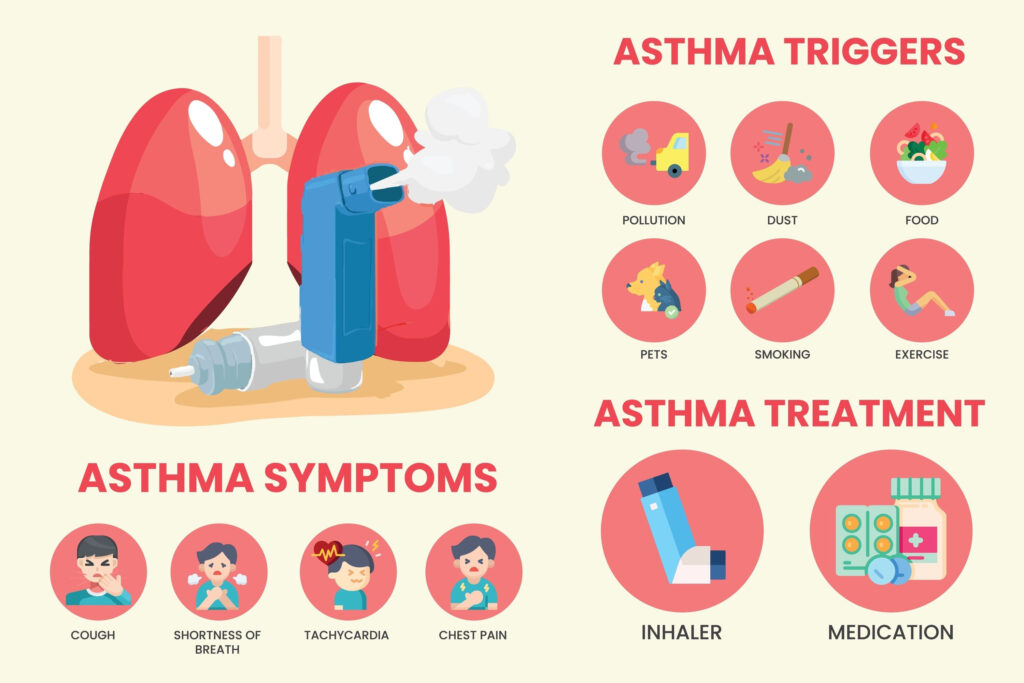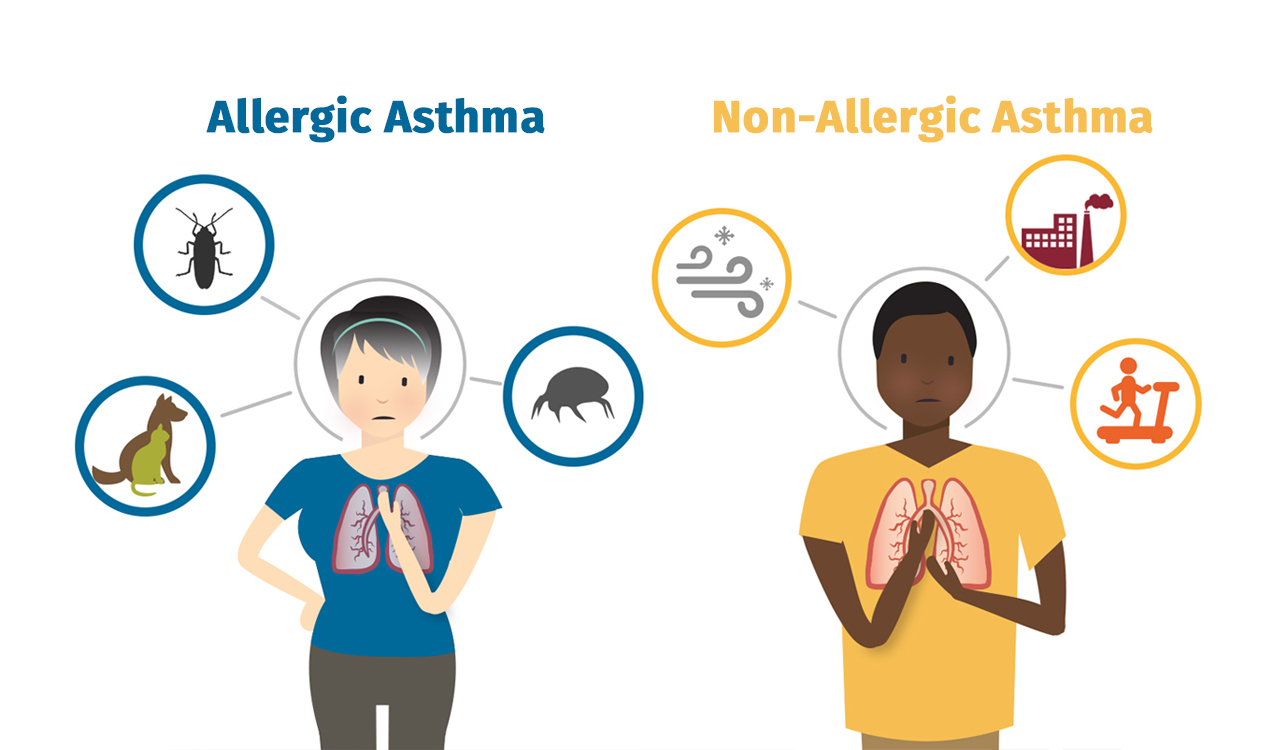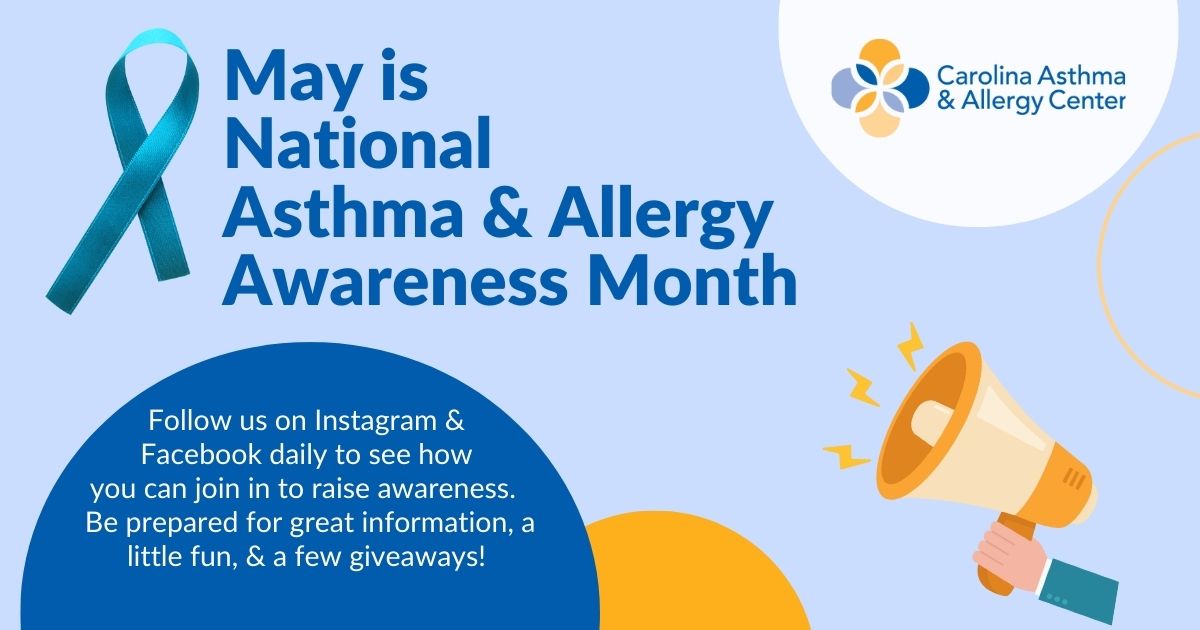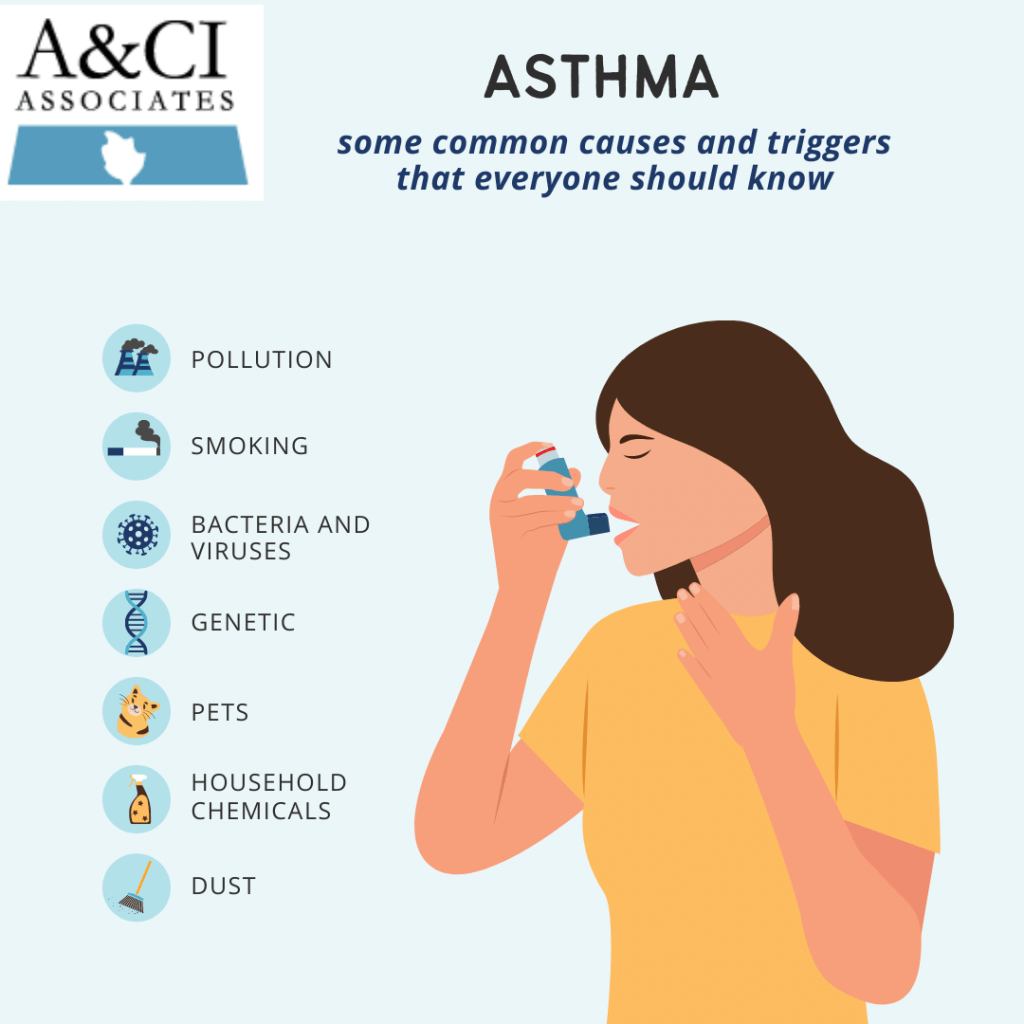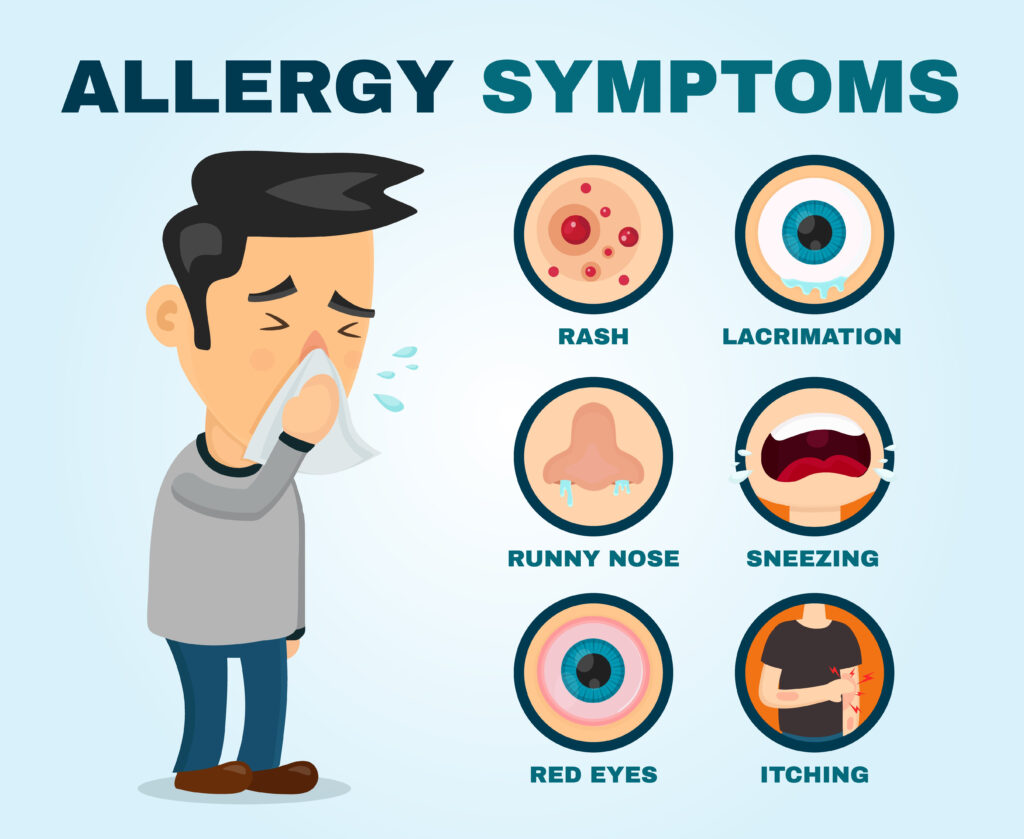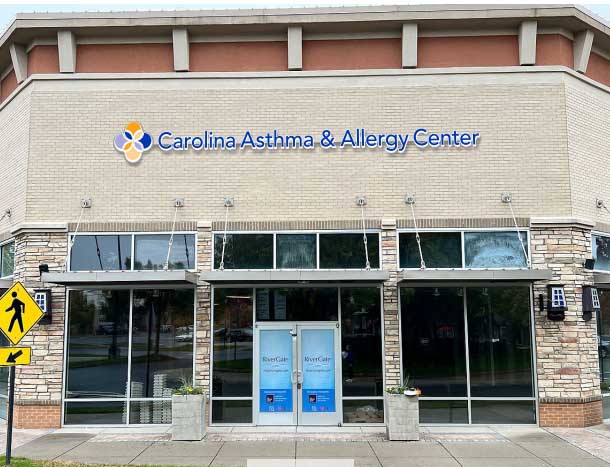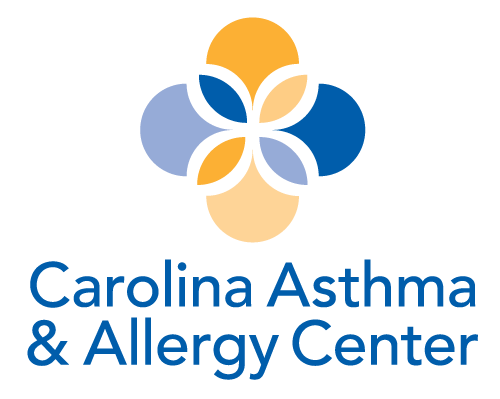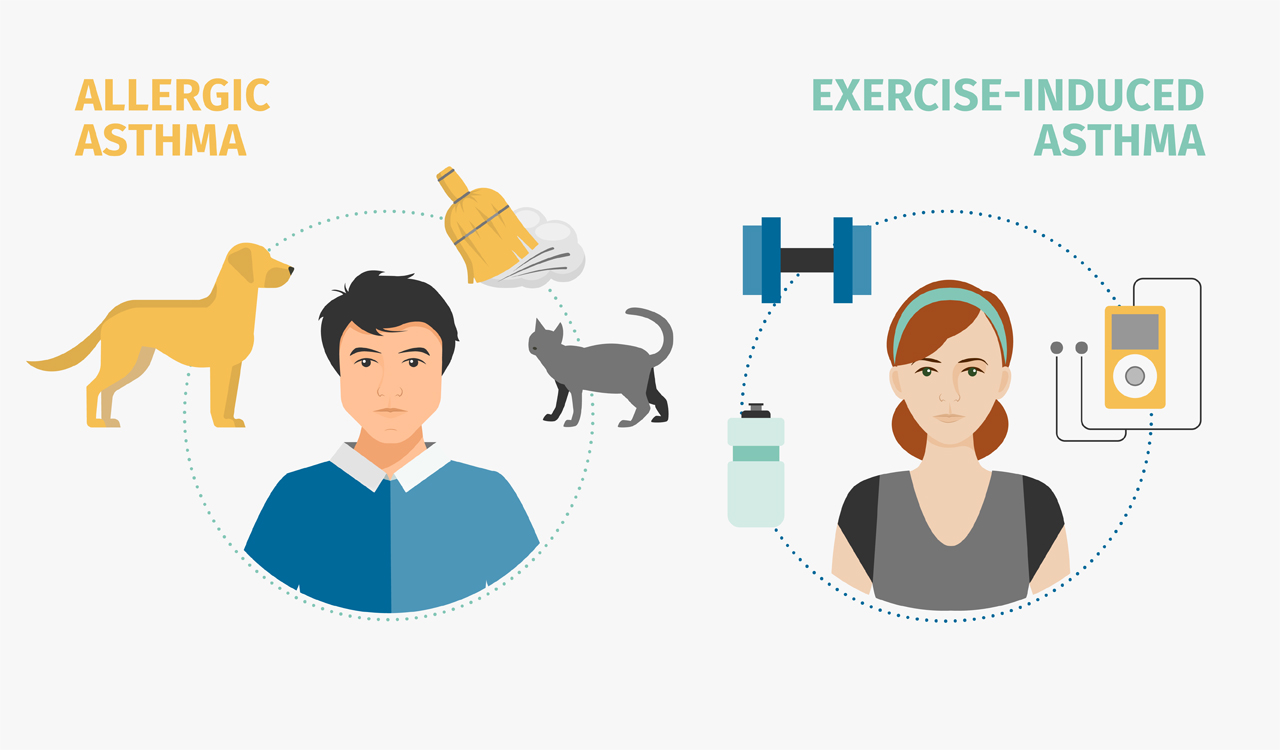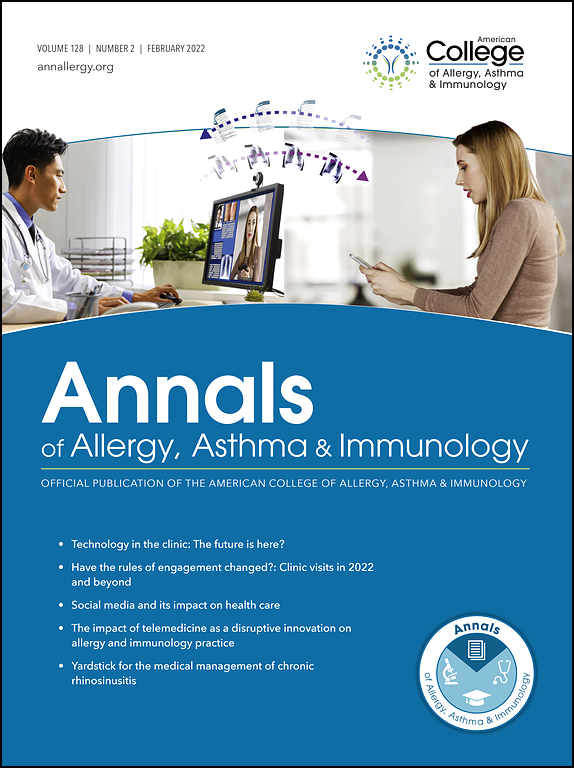Allergy And Asthma High Point Nc

High Point, North Carolina, is experiencing a noticeable uptick in allergy and asthma cases, prompting concerns among residents and healthcare professionals alike. The rise is attributed to a combination of environmental factors, including pollen counts, air quality, and weather patterns specific to the Piedmont Triad region.
This article examines the current state of allergies and asthma in High Point, exploring the contributing factors, local responses, and available resources for those affected. Understanding this issue is crucial for High Point residents and healthcare providers to effectively manage and mitigate its impact.
Understanding the Allergy and Asthma Landscape in High Point
High Point, situated in the Piedmont Triad, faces unique challenges due to its geographical location. The area is characterized by a diverse range of plant life, contributing to extended pollen seasons.
Furthermore, air quality can be impacted by both local emissions and pollutants carried from surrounding regions.
The combination of these factors creates an environment conducive to allergy and asthma exacerbations.
Key Contributing Factors
Pollen: The most significant allergen in High Point is pollen, with tree pollen being prevalent in the spring, grass pollen in the summer, and ragweed pollen in the fall. According to local allergists, pollen counts have been notably high in recent years, extending the allergy season and intensifying symptoms for many residents.
The specific types of trees, grasses, and weeds common to the region contribute to the high allergen load. Weather patterns, such as mild winters and wet springs, can further exacerbate pollen production.
Air Quality: Air pollution, including ozone and particulate matter, can irritate the airways and trigger asthma attacks. Industrial activity, vehicle emissions, and agricultural practices contribute to air pollution levels in the area.
Data from the Environmental Protection Agency (EPA) shows that High Point’s air quality sometimes falls below recommended standards, particularly during the summer months.
Weather: Rapid changes in weather, such as sudden temperature drops or increases in humidity, can also trigger asthma and allergy symptoms. These fluctuations are common in the Piedmont region.
Extreme weather events, becoming more frequent due to climate change, can further disrupt air quality and pollen distribution.
Impact on the Community
The increased prevalence of allergies and asthma has significant implications for the High Point community. Emergency room visits related to asthma exacerbations have reportedly increased in recent months, placing a strain on local healthcare facilities.
Schools are also affected, with students experiencing increased absenteeism due to allergy and asthma symptoms. This can impact academic performance and create challenges for both students and educators.
Furthermore, the economic impact of allergies and asthma can be substantial, with costs associated with medical treatments, medications, and lost productivity.
Local Responses and Resources
Healthcare providers in High Point are actively working to address the rising rates of allergies and asthma. Many offer specialized allergy testing and immunotherapy services.
Local hospitals and clinics provide comprehensive asthma management programs, including education on medication use and trigger avoidance.
Wake Forest Baptist Health – High Point Medical Center is a key provider of these services, offering specialized care for both children and adults.
Community organizations are also playing a role in raising awareness about allergies and asthma. The American Lung Association has local chapters that offer educational resources and support groups for individuals and families affected by these conditions.
Schools are implementing strategies to minimize exposure to allergens, such as improving ventilation systems and creating allergen-free zones. Some schools also provide asthma action plans for students with asthma, outlining steps to take in case of an emergency.
The City of High Point is also involved in efforts to improve air quality. Initiatives include promoting public transportation, encouraging the use of electric vehicles, and implementing stricter regulations on industrial emissions.
Individual Actions and Preventive Measures
Individuals can take several steps to manage their allergies and asthma and reduce their exposure to triggers. These include monitoring pollen counts and air quality reports, staying indoors during peak pollen times, and using air purifiers with HEPA filters.
Regular cleaning and vacuuming can help reduce allergens in the home. It is also important to wash bedding frequently in hot water.
Asthma sufferers should adhere to their prescribed medication regimen and carry a rescue inhaler at all times. Consulting with an allergist or pulmonologist can help individuals develop personalized management plans.
Looking Ahead
Addressing the rising rates of allergies and asthma in High Point requires a multi-faceted approach involving healthcare providers, community organizations, and individual actions. Continued monitoring of pollen counts and air quality is essential for identifying trends and implementing appropriate interventions.
Further research is needed to understand the specific factors contributing to the increased prevalence of these conditions in the region. This research could inform the development of more effective prevention and treatment strategies.
Ultimately, a collaborative effort is needed to create a healthier environment for all residents of High Point, North Carolina.

